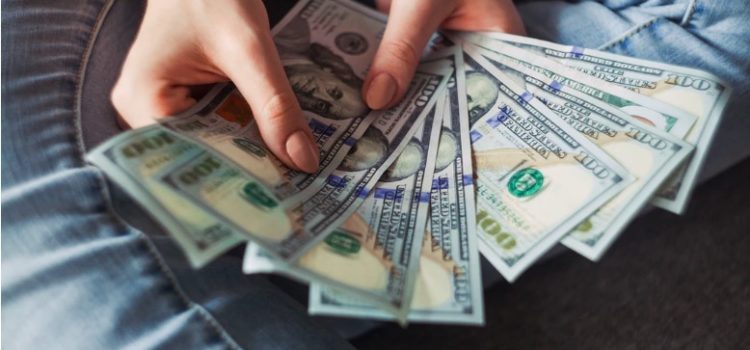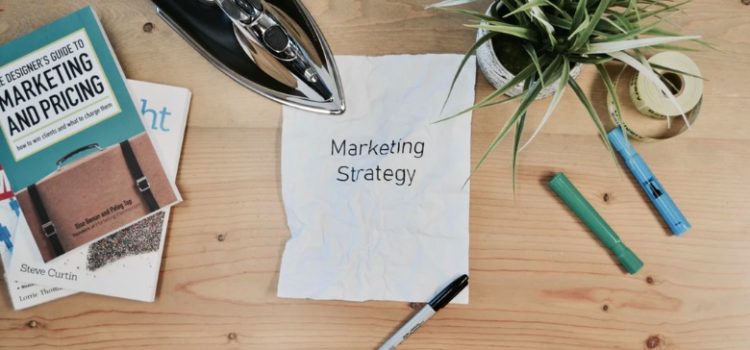What is the Rule of 150? What does it say about how we function and cooperate in large and small groups? The Rule of 150 is a concept in sociology that says that social structures function best at or under 150 people. Groups bigger than 150 people tend to break into smaller groups in order to function. We’ll look at an example of the Rule of 150 to see how it functions in business organizations.
Rule of 150: Why the Most Effective Groups Are Small










